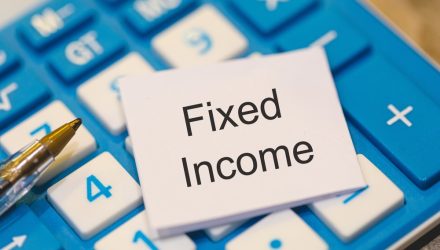After a historically bad year for bonds, investors and industry insiders have become far more bullish on fixed income for 2023. Last year, falling bond prices overshadowed whatever benefits were gained from rising yields. With yields already high and prices currently low, it’s unlikely that we’ll see the same level of losses this year that were experienced in 2022.
“The basic argument of bond bulls is that at some point over [2023], the trend for interest rates will stabilize and then turn downward because inflation will be under control and the economy will be slowing,” wrote Jeff Sommer for the New York Times. “Falling rates would drive up bond prices. If you adhere to this outlook, it makes sense to lock in higher bond yields fairly soon.”
Edward McQuarrie, an emeritus professor in the School of Business at Santa Clara University who has recorded U.S. bond returns going as far back as 1794, told the Times: “Based on history, a year from now, I don’t think we’re likely to have had another year with losses like the last one.”
Although Vanguard’s position is that a recession is very likely in 2023, there are still opportunities within fixed income that investors should take advantage of. In particular, investors who park their capital in cash and don’t take advantage of low prices now may miss out on bond price appreciation.
Investors looking to put their cash to work in the fixed income space amid a potential recession may want to focus on high-quality, broad-based bond funds like the Vanguard Total Bond Market Index Fund ETF Shares (BND), the Vanguard Short-Term Bond Index Fund ETF Shares (BSV), the Vanguard Intermediate-Term Bond ETF (BIV), and the Vanguard Long-Term Bond Index Fund ETF Shares (BLV).
BND seeks to track the performance of the Bloomberg U.S. Aggregate Float Adjusted Index, which represents a broad spectrum of public, investment-grade, taxable, fixed income securities in the U.S., including government, corporate, and international dollar-denominated bonds, as well as mortgage-backed and asset-backed securities, all with maturities of more than one year. Though holding securities of all maturity lengths, it is heavily weighted towards the short end of the curve.
Meanwhile, BSV seeks to track the performance of the Bloomberg U.S. 1–5 Year Government/Credit Float Adjusted Index, a market-weighted bond index that covers investment-grade bonds with a dollar-weighted average maturity of one to five years. The fund invests in U.S. government, investment-grade corporate, and investment-grade international dollar-denominated bonds.
BIV offers exposure to investment-grade U.S. debt with maturities between five and ten years, putting it in between short-term funds such as BSV and longer-dated products such as BLV. The fund’s holdings include Treasuries, corporate debt, and agency securities, avoiding high-risk junk bonds or floating-rate debt.
BLV seeks to track the performance of the Bloomberg U.S. Long Government/Credit Float Adjusted Index, which includes all medium and larger issues of U.S. government, investment-grade corporate, and investment-grade international dollar-denominated bonds that have maturities of greater than 10 years and are publicly issued. As such, BLV can draw from a variety of options when it comes to bond investments.
For more news, information, and analysis, visit the Fixed Income Channel.

